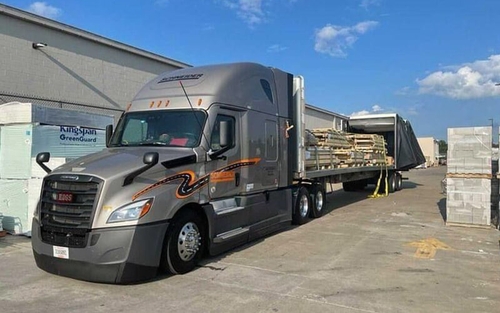Estimated reading time: 1 minute
In the trucking industry, there is a wide variety of driving jobs to choose from. One of the crucial choices for drivers is picking their preferred length of haul, with regional and local trucking being two of the main options.
Keep reading to learn more about the differences between regional and local trucking, and see which one could be the right fit for you.
What does regional mean in trucking?
Regional truck drivers haul freight within a specific region of the country. This could be the West, Midwest, Northeast or any other geographical division within the U.S. Regional driving configurations typically encompass 4-5 states, or a roughly 1,000-mile range.
What is considered local trucking?
A local truck driver hauls freight within a small geographical area, usually within one or a couple states.
Local driving configurations often span only a few hundred miles.
Regional vs local: Six key differences
1. Driving distance.
Regional trucking involves hauling freight across an entire region of the country, whereas local trucking is confined to smaller areas, typically within a city or state.
2. Home time.
Regional drivers usually get home a few times per week, or, at least, once per week. Local drivers are almost always home every night.
3. Time on the road.
Regional drivers spend more time on the road hauling long-distance, single stop loads. In contrast, local drivers usually have routes with frequent stops.
4. Type of route.
Regional driving configurations usually involve mostly interstate and highway driving, while local drivers often spend more time driving through cities.
5. Type of equipment.
Regional drivers operate sleeper trucks, that provide drivers a place to sleep since they don’t get home every day. Local drivers typically use day cabs designed for shorter routes since they get home every day.
6. Earning potential.
Since local drivers get home every day, they often do not earn as much as regional drivers who get home less frequently.






